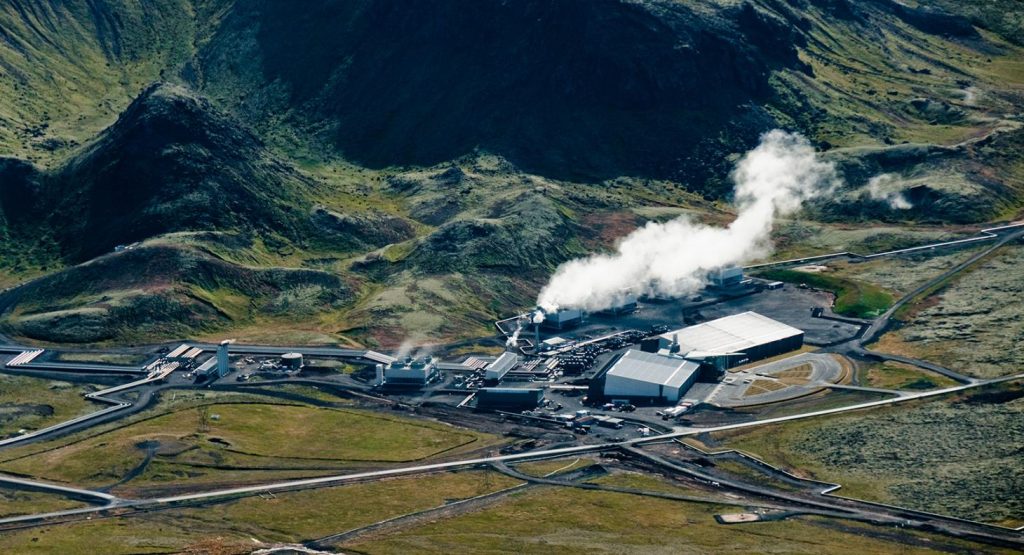Geothermal and carbon capture – a natural synergy
The integration of carbon capture and geothermal energy may be key to energy transition, so this commentary piece by PhD students Anna Littlefield and Eric Stautberg.
A commentary piece by Colorado School of Mines PhD students Anna Littlefield and Eric Stautberg look at the natural synergies between geothermal power generation from hot sedimentary aquifers and carbon capture utilization and sequestration (CCUS) technologies.
CCUS refers to the technologies and methods used to capture CO2 directly from the air or point sources, compressing the CO2, and injecting it to a subsurface reservoir for permanent storage. Sedimentary basins are excellent candidates for CCUS because of their large volumetric storage capacities. CCUS has been cited as an important tool in reducing CO2 emissions and achieving zero-carbon industries.
The exploitation of geothermal resources hosted by hot sedimentary basins is a relatively recent development, aided by new drilling technologies and well completion techniques. There are now initiatives to develop geothermal sites in sedimentary basins in sites that were previously deemed non-viable. Moreover, there are current efforts to repurpose existing or abandoned oil and gas wells to extract geothermal energy.
Geothermal projects in such settings (and even in different geological settings) have the potential to integrate CCUS in the reinjection of geothermal fluids. There are already ongoing efforts of this nature in many projects and research institutions across the world.
- In Iceland, Carbfix and ON Power are working on a process that will capture carbon dioxide and hydrogen sulfide from the power plant’s emissions and pump them into basalt rock layers for permanent quarrying. This project has received funding from the European Union.
- In New Zealand, researchers from the University of Canterbury (UC) in Christchurch are exploring ways of combining bioenergy and geothermal energy by capturing CO2 emissions from burning of forestry waste and injecting it into geothermal wells. This makes the overall process emissions-negative since forests already remove CO2 from the atmosphere.
- In Canada, Alberta No. 1 and the University of Alberta have formed a research partnership for investigating the feasibility of co-injecting CO2 in geothermal waters before reinjection to the subsurface. This is considered an additional opportunity for the geothermal project of Alberta No. 1 south of Grande Prairie.
- In Indonesia, PT Pertamina is teaming up with Chevron to explore low-carbon business opportunities. One technology being explored under this initiative is CCUS.
The commentary piece also mentions CO2 plume geothermal (CPG), an approach that uses the unique characteristics of captured carbon dioxide to drive a power generation system. The natural buoyancy of CO2, as well as a huge drop in density at elevated temperatures, play a role in making a CPG system potentially more efficient. We have featured a detailed article on the CPG process previously.
The integration of CCUS and geothermal provides another avenue for the integration of skills from the oil and gas industry to geothermal. As the energy transition proceeds, the geothermal industry can benefit from the highly skilled work force coming from the oil and gas industry. As the piece states, the “re-purposing of this skilled labor force is of equal importance in ensuring that a successful (energy) transition is a collective success.”


















